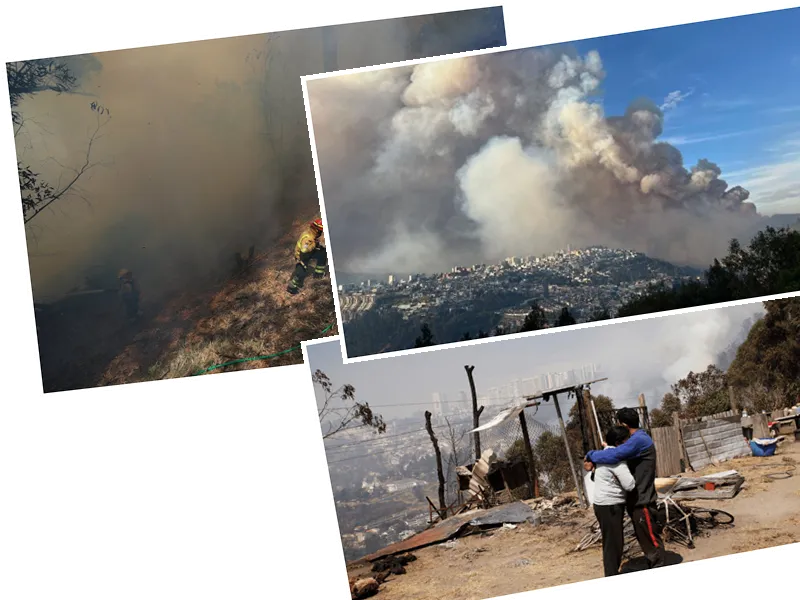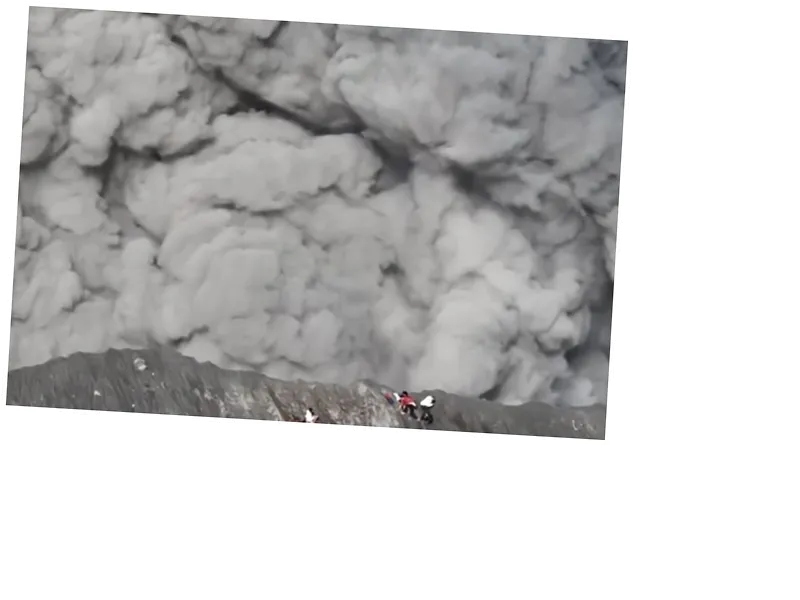Mount Etna, Europe's largest active volcano, has once again erupted, causing significant disruptions in the region. The Voragine crater experienced a marked increase in Strombolian activity, culminating in a lava fountain and an ash cloud reaching approximately 5 kilometers in height. This activity was closely monitored by the National Institute of Geophysics and Volcanology (INGV), Etna Observatory, in Catania.
The volcanic tremor values reached very high levels but are now on a decreasing trend. Despite the intense activity, the current eruptive phase has not directly impacted Vincenzo Bellini International Airport in Catania. However, the ash emissions did necessitate a temporary suspension of flights, which have since gradually resumed.
On Friday, July 5, flights at Catania airport were briefly suspended due to the ash clouds from Etna's eruption. The runway, covered in ash, was cleaned, allowing departures to resume, though arrivals were limited to two per hour. The ash cloud, which reached a height of 4.5 kilometers, also affected streets in central Catania, causing traffic delays.
In addition to Etna, Italian authorities have issued a red alert for Stromboli, another active volcano in the Aeolian archipelago. Stromboli's continuous activity has also resulted in significant ash emissions, posing further challenges for the region.






